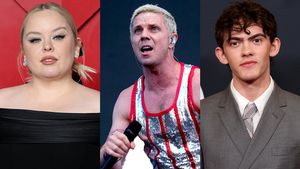History
How the era of 'men were men' birthed America's first drag superstars
In the 1910s and 1920s, drag musicals were just as popular as football on college campuses and in male-only social clubs, writes historian Andrew Erdman.
Andrew L. Erdman
August 21 2024 4:04 PM EST
August 21 2024 4:55 PM EST






















































































